
Our homes influence our mood more than we might realize. From the colors on our walls to the light streaming through our windows, every detail contributes to how we feel in our space. Designing a mood-boosting home doesn’t just make a space look good—it supports your emotional and mental well-being. In this guide, we explore evidence-based interior design tips to help you create a happier, healthier living environment.
Disclaimer
Some of the links in this article may be affiliate links. We may receive a small commission, at no additional cost to you, if you decide to make a purchase through one of our recommended partners. We only recommend products and services we trust, and our opinion remains our own. Thank you for your support!
The Psychology of Space and Mood

How Your Environment Affects Your Mental Health
According to research from the Journal of Environmental Psychology and insights from Psychology Today, our physical environments influence everything from stress levels to sleep quality. A cluttered, poorly lit space can increase anxiety, while a clean, calming room with natural elements can support focus and relaxation.
Mood-Boosting Interior Design Tips
1. Let in Natural Light
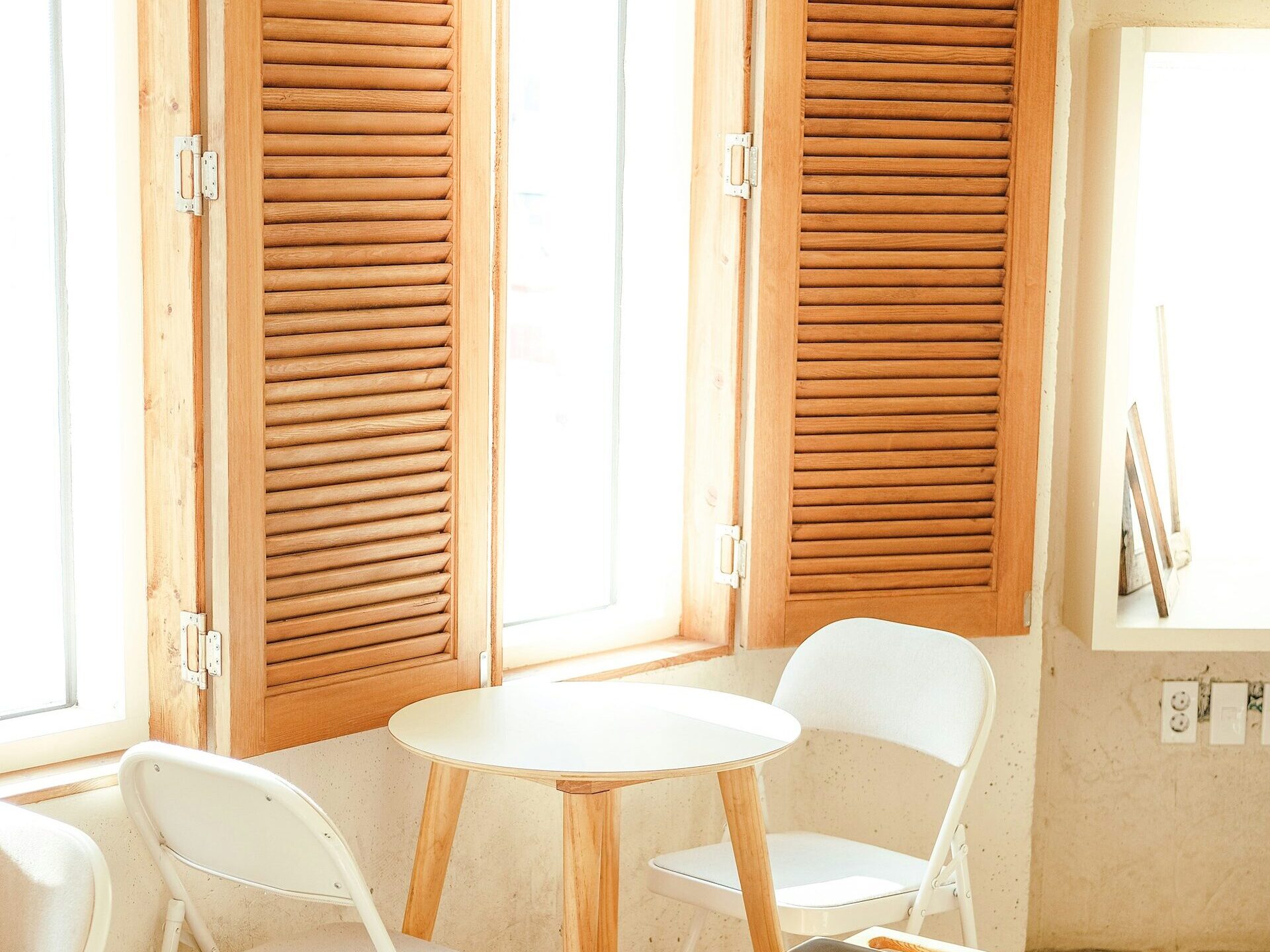
Studies confirm that exposure to natural light boosts serotonin levels, improving mood and sleep quality. Use sheer curtains, clean windows, and mirrors to maximize daylight. Consider installing skylights or solar tubes in darker areas.
2. Use Mood-Enhancing Colors
Color has a profound psychological impact. Blue and green are calming—ideal for bedrooms or reading nooks. Yellow, orange, and soft pinks can boost energy and happiness—perfect for kitchens and living areas. Even brief exposure to uplifting colors can positively affect mood.
3. Bring in Nature
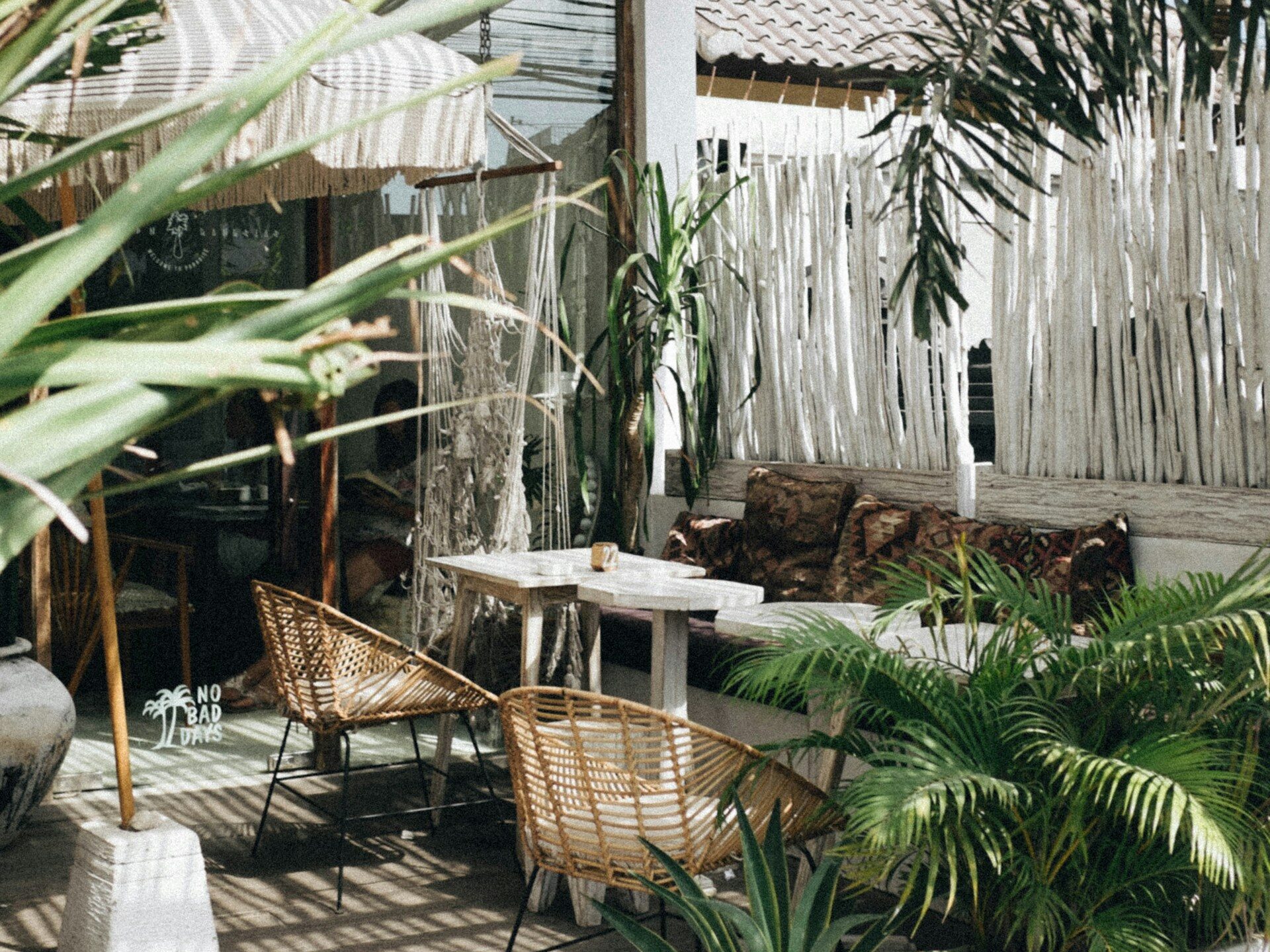
Biophilic design—integrating natural elements into your space—reduces stress and enhances wellness. Houseplants, natural wood, stone textures, and botanical prints are easy ways to bring nature inside.
4. Use Soft and Textured Materials

Textiles like wool throws, velvet pillows, and high-pile rugs create a sense of warmth and emotional security. Research suggests that tactile materials encourage relaxation and increase perceived comfort.
5. Keep It Organized
Clutter has been linked to increased cortisol levels and stress. Stylish storage like woven baskets, concealed cabinetry, or multifunctional furniture helps maintain order and peace of mind.
6. Decorate with Meaningful Items
Surround yourself with items that evoke positive memories—travel souvenirs, family photos, handwritten notes, or handmade art. Emotionally significant decor helps make your space feel more comforting and deeply personal.
7. Add Visual Harmony

Use cohesive color palettes and well-balanced furniture layouts to create flow. Lightly applying feng shui principles or symmetry can reduce visual stress and improve the overall energy of your space.
The Role of Plants in Mood-Boosting Design
Best Mood-Boosting Plants for Your Home
- Snake Plant – Low maintenance and excellent air purifier.
- Peace Lily – Symbolizes peace; known for filtering toxins.
- Pothos – Easy to grow, trailing vines add visual softness.
- Lavender – Offers a calming scent; associated with reduced anxiety.
- Aloe Vera – Healing properties and air-purifying benefits.
Science Behind It
A study published in the Journal of Physiological Anthropology found that interaction with indoor plants helps reduce both physiological and psychological stress. Simply viewing or lightly caring for greenery can promote relaxation and focus.
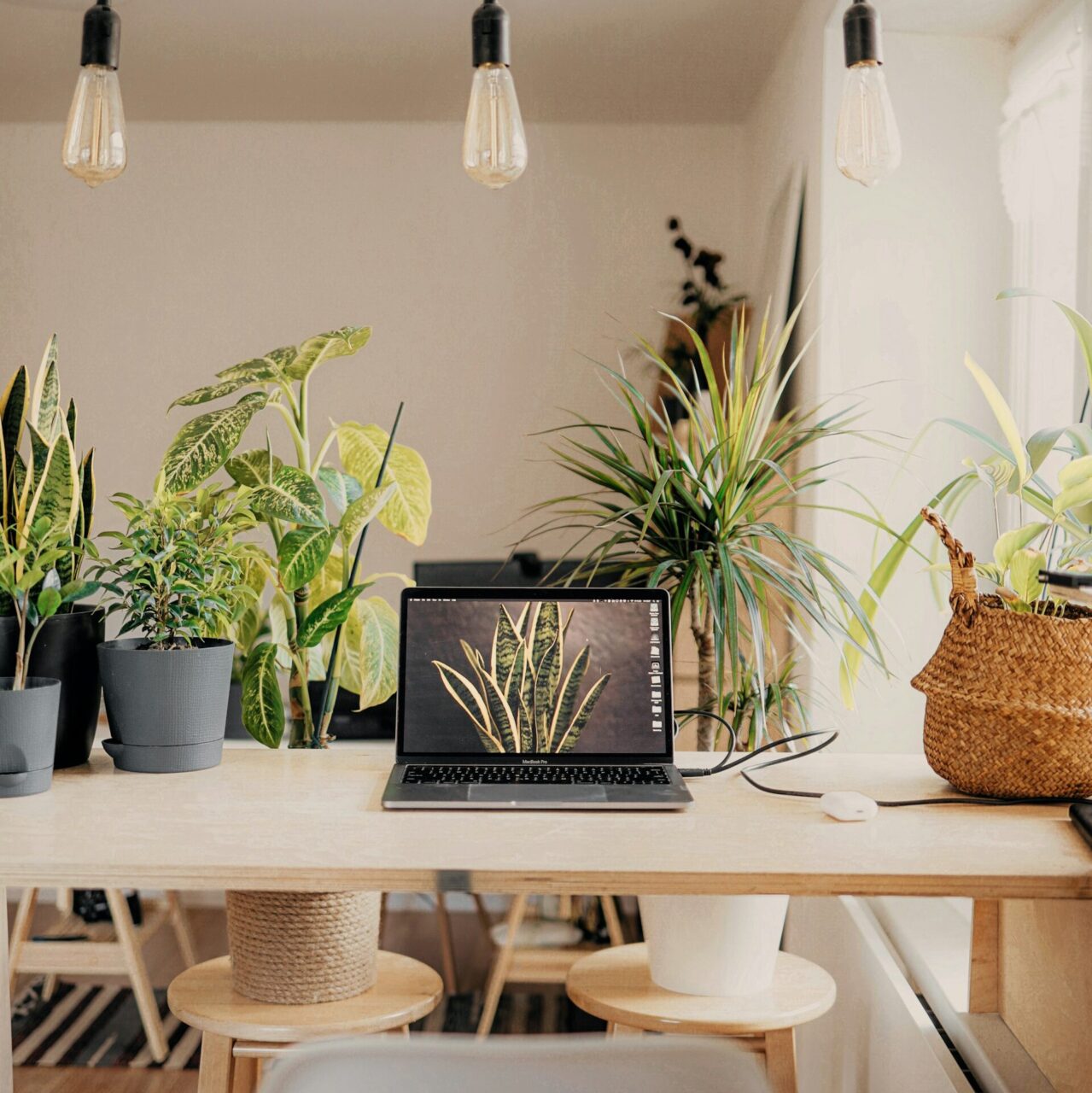
See also:
Lighting and Sound for Emotional Wellness
Choose Warm Lighting
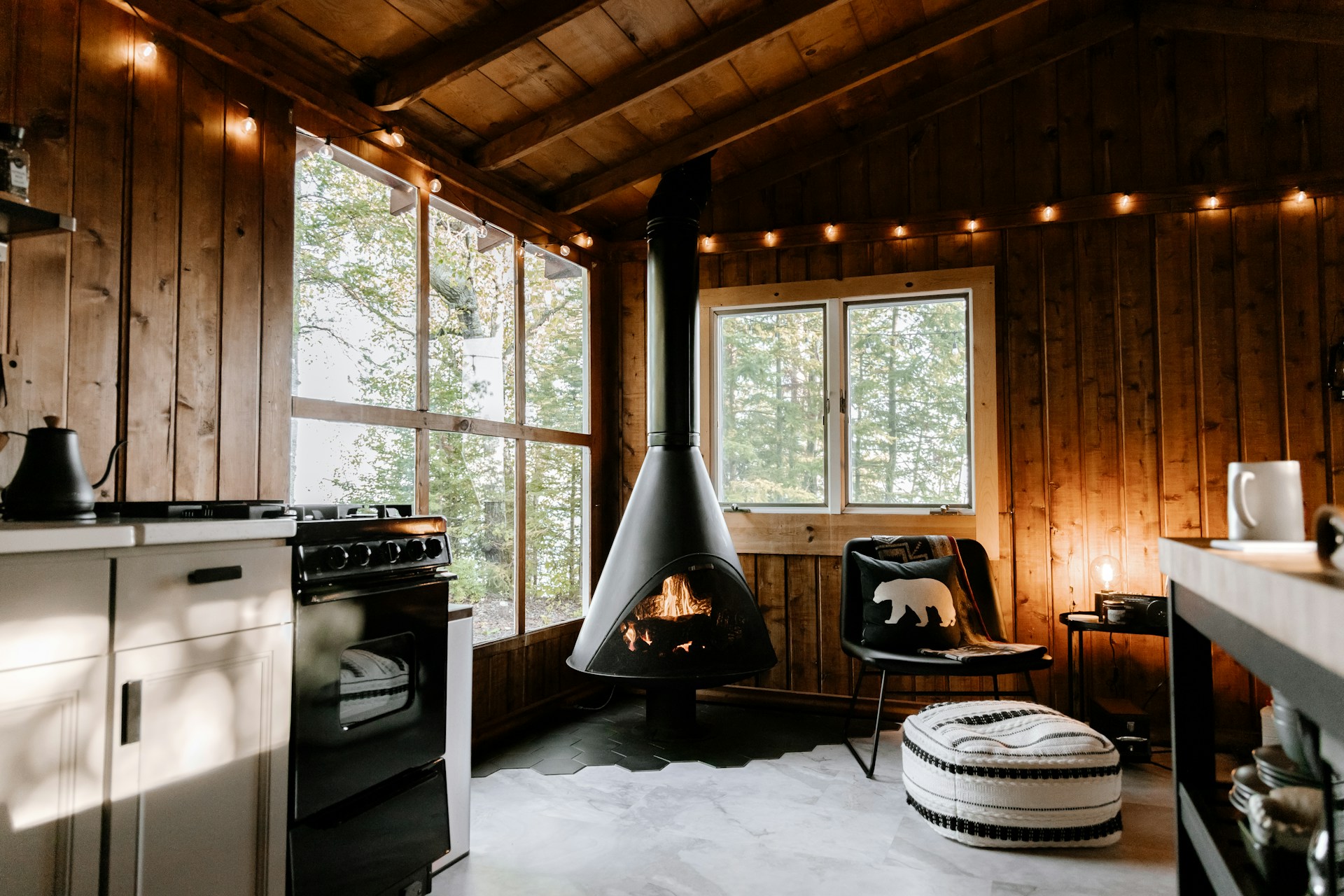
Lighting has a major impact on how your home feels. Harsh fluorescent bulbs can feel cold and stressful, while warm-toned LED lights (around 2700K–3000K) create a cozy, calming atmosphere. Use a mix of dimmable lamps, soft floor lighting, and sconces to layer light throughout your space. This flexibility lets you adjust the mood—energizing during the day and soothing in the evening—making your home feel more inviting and emotionally balanced.
Pick Mood-Boosting Home Fragrances
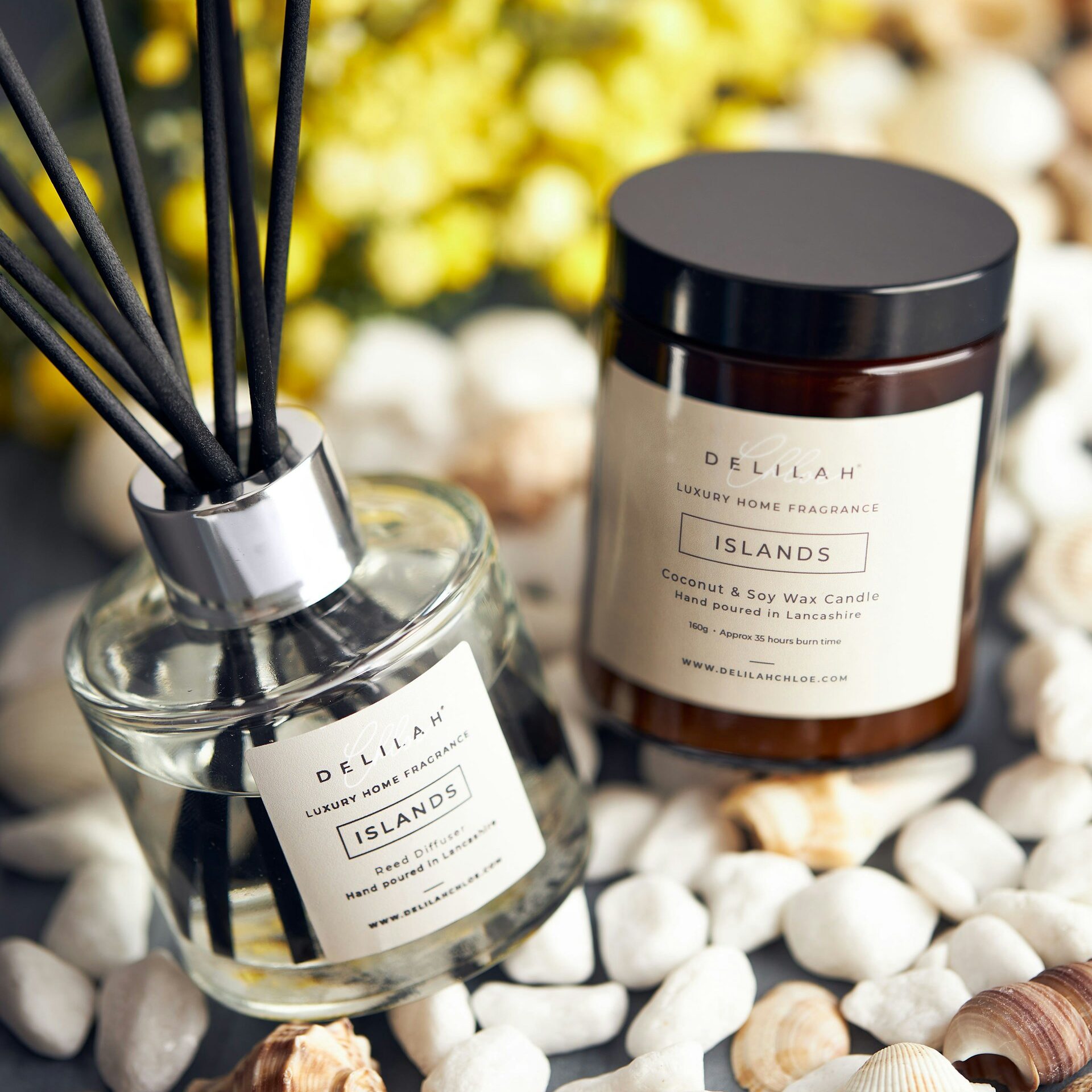
Scent is deeply connected to emotion and memory, making it a powerful tool for shaping the atmosphere of your home. Incorporating calming or energizing fragrances—such as lavender for relaxation, citrus for a burst of positivity, or eucalyptus for mental clarity—can instantly shift your mood. Use essential oil diffusers, soy candles, or natural incense to gently infuse your space with soothing aromas. Fragrance layering across different rooms can create a sensory journey that enhances comfort, reduces stress, and makes your home feel like a sanctuary tailored to your emotional well-being.
Embrace Sound Therapy
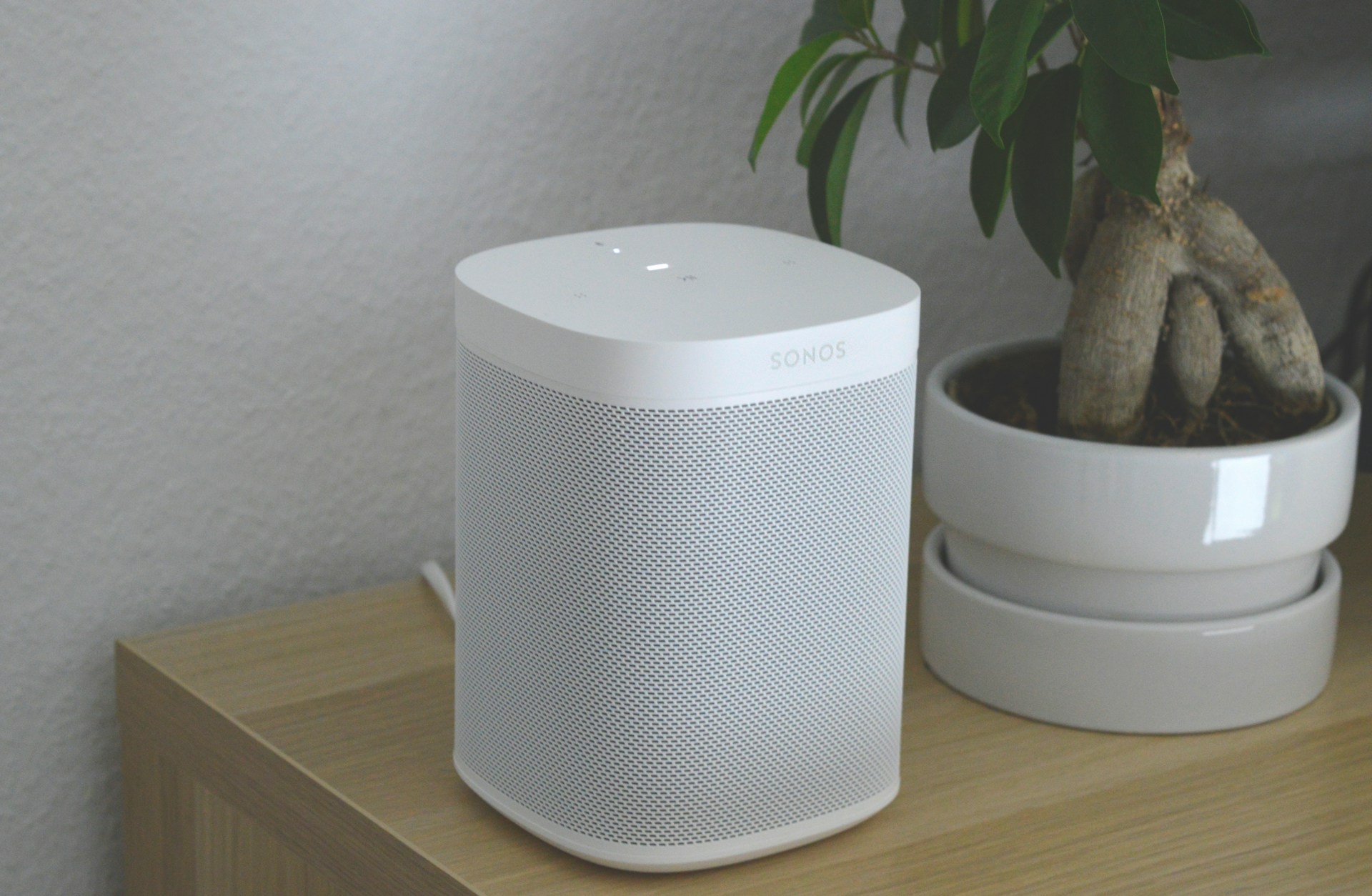
Sound plays a powerful yet often overlooked role in how we feel at home. Thoughtfully incorporating sound into your environment can significantly enhance your mood and promote emotional balance. Consider adding ambient sound machines that mimic nature—like ocean waves, rainfall, or birdsong—to foster a sense of calm. Calming playlists with soft instrumental music or gentle acoustic tones can create a soothing backdrop for your daily routine. In busy households or city apartments, noise-cancelling headphones are a great investment for maintaining a peaceful atmosphere. By curating the soundscape in your home, you can reduce stress, support focus, and create an overall more comforting and mood-enhancing space.
Conclusion
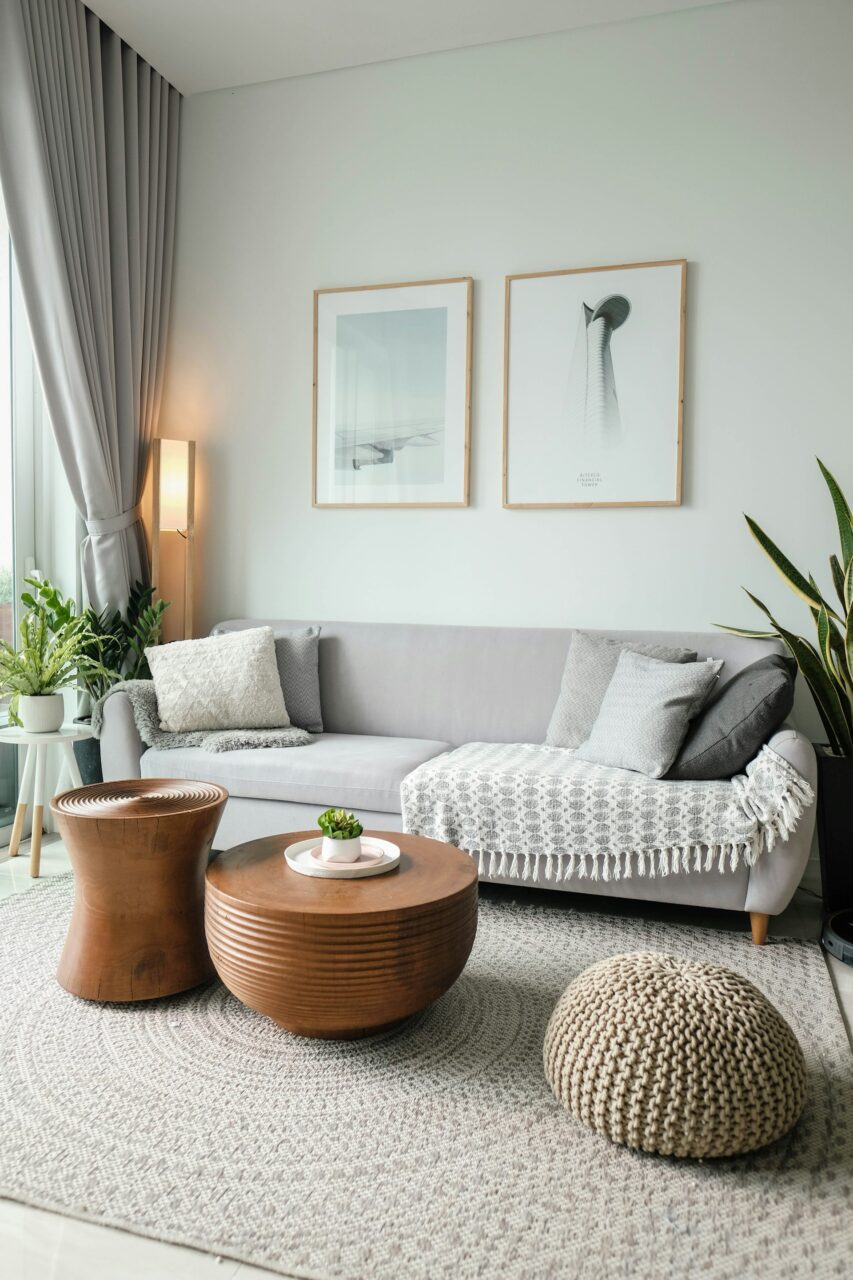
Creating a mood-boosting home doesn’t require a total overhaul—it starts with mindful decisions. By embracing natural light, calming colors, plants, soft textures, and meaningful objects, you can shape an environment that nurtures joy, balance, and emotional well-being. The home you love can also be the home that helps you thrive.
FAQs – Mood-Boosting Interior Design
1. What colors are best for a mood-boosting home?
Blues and greens for calm, yellows and oranges for energy, and earthy tones for balance.
2. Can lighting really affect mood?
Yes. Natural and warm lighting enhances serotonin levels and supports restful sleep cycles.
3. Do indoor plants really help with mental health?
Yes. Studies show plants reduce stress, improve mood, and enhance concentration.
4. How do I make a small space feel more uplifting?
Use mirrors to reflect light, choose soft colors, and reduce clutter to create an open, airy feel.
5. What design style is best for mood-boosting interiors?
Any style can work—as long as it includes nature, warmth, light, and personal comfort.
Our product recommendations:
- Norb Everyday Sun-Mimicking Bulb – Full Spectrum Wellness Lighting—get it on Amazon
- MIULEE Pack of 2 Burnt Orange Pillow Covers 18×18—check them out on Amazon
- Utopia Bedding Throw Pillows (Set of 4, White), 18 x 18—get yours on Amazon
- MIULEE Pack of 2 Corduroy Decorative Throw Pillow Covers 18×18—also on Amazon
- NEST New York Reed Diffuser, Wild Mint & Eucalyptus—a premium fragrance on Amazon
Check out NEST New York‘s products. Their high-end fragrance diffusers and scented candles are known for long-lasting, sophisticated aromas that can truly uplift your space and mood.
See also:
- 10 Best Desk Plants for a Healthier and More Productive Workspace
- How to Create a Cozy Home Office You’ll Actually Want to Work In
- Top Interior Design Trends That Will Dominate in 2025
Links we love:
- Love Happens Magazine: Designing a Happy Home
- The Daily Notes: Mood-Boosting Home Tips
- NCBI Study on Indoor Plants and Stress
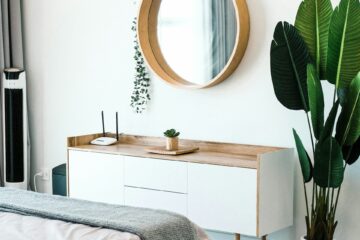
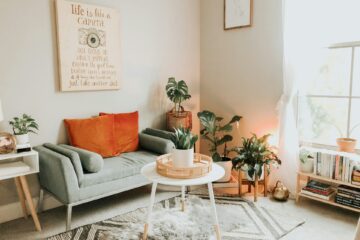
0 Comments